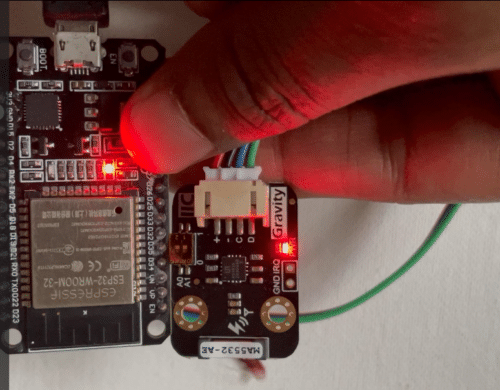 Predict the thundering and lightning…here is the method.
Predict the thundering and lightning…here is the method.
Thunderstorms are a significant weather phenomenon, and in severe conditions with high lightning, they can cause problems and destruction. Additionally, thunder can disrupt air transport and communication. These storms can bring heavy rain, lightning strikes, strong winds, and even hail, all of which pose a risk to people’s safety and can cause damage to property.
The sound of thunder can serve as a warning sign that a storm is approaching, and people should take appropriate measures to prepare or seek shelter. Therefore, predicting the speed, distance, and approaching of thunder and lightning is crucial in weather forecasting and mapping.
To address this need, we are designing a thunder-distance detection device that can detect thunderstorms and determine their distance. This device can help predict if a storm is approaching and allow people to take significant steps to prepare for it, particularly in air transport, shipment, and communication.

Note: this is a very basic and the first version of the detection device; later we continue with mesh network-based mapping of thunderstorms so that one can predict the thundering and map the amount of thundering and its travel among the different reasons using a mesh network.
Bill of Materials
The materials needed in the project are listed below

Thunder Distance Detection – Coding
First, we need to install the ESP board to Arduino and then install the grove AS3938 thunder sensor library in Arduino using the library manager.
We are now prepared to begin coding. To start, initialize the wire library. If your sensor uses I2C or SPI, then use the corresponding library (Wire/SPI and 3935 libraries in this case).
Next, create the setup function and establish serial communication with the desired baud rate to receive the sensor readings on the serial terminal.

Next, create the loop function, check the sensor data and get the data updated on the serial port. here we will check the data like thunder strike event, its distance, thunder approaching, and energy of thunder.
Thunder Distance Detection – Circuit Diagram

Upload the code to the ESP32 by selecting the appropriate port in the IDE. Next, connect the Thunder sensor to the ESP32 board. If you are using an SPI sensor, use the HW SPI pins on the ESP32. For I2C-based sensors, use the HW I2C pin on the ESP32. In this case, since the sensor is I2C-based, follow the circuit diagram provided to make the appropriate connections.
Testing

Now open the serial port to view the thunder report. If there is a possibility of thunder within a 40km range of the device, it will notify you. Additionally, if thunder strikes the earth, it will report the energy level and indicate if it is approaching your location.









Shouldn’t this be called a “lightning detector”?
It’s not detecting the sound of thunder, rather the radio signatures of probable lightning strikes.
To publish this project, you first need to understand the difference between lightning and thunder. Big difference.
Kindly elaborate your query.